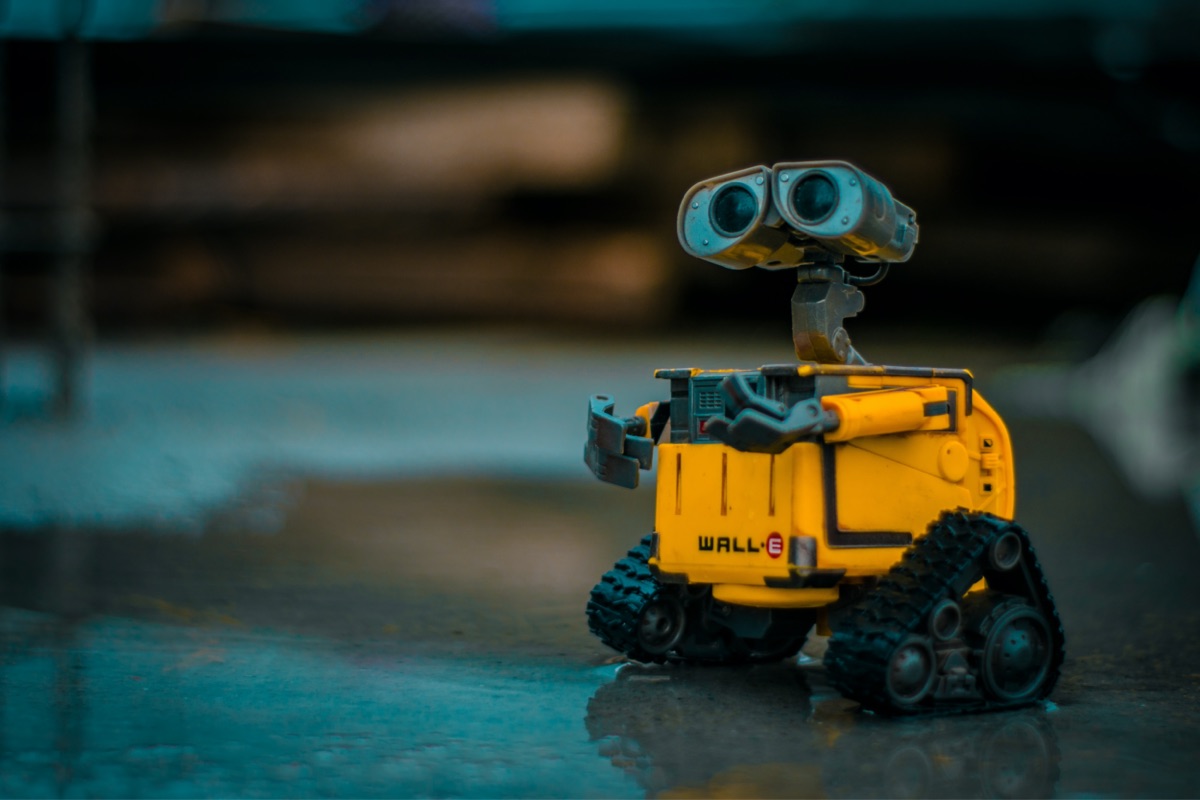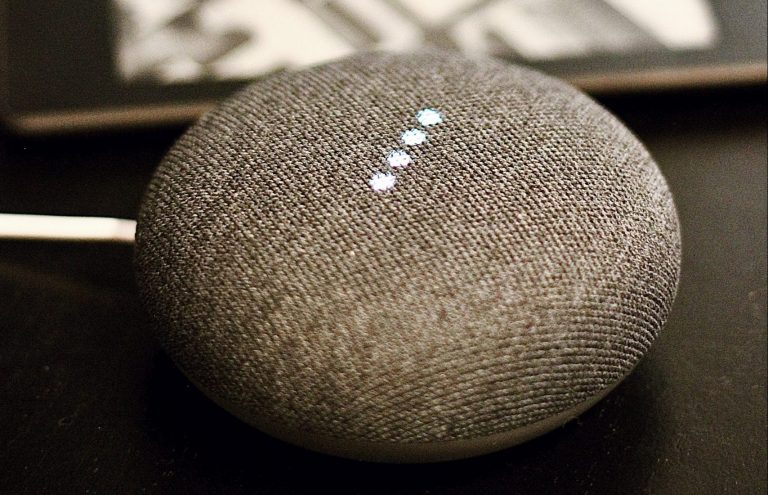In a society that is increasingly relying on technology to simplify daily lives, artificial intelligence has built machines that can automate our music playlists, make our coffee, and as of late, write effective sales copy.
Publicising their landmark partnership, JP Morgan Chase, the largest bank in the United States and one of the largest financial institutions in the world, is working with Persado to increase the personalisation in their marketing.
As described on their website, Persado “breaks down marketing creative into six key elements and then runs experiments on thousands of potential message combinations to generate the best-performing content to speak to each customer across their entire journey.” In essence, the software uses copy that was generated by humans, analyses it, and then improves it in order to increase customer engagement and satisfaction.
The JPMorgan Chase Case Study
After the partnership was announced, Kristin Lemkau, the Chief Marketing Officer of JP Morgan Chase stated, “machine learning is the path to more humanity in marketing.” Her sentiment is almost counter-intuitive but argues that the more machine learning involved in the process, the greater ability brands will have to build a stronger connection to their target demographic.
In this case of the JP Morgan Chase, and Persado partnership, initial results of the copy that was written by software not only provides a guarantee of quicker publication timelines but also copy that is achieving better results than humans.
For example, when pitching lines of credit to their customers, their firm ran an A/B test of the slogan that was written by Persado’s software, compared to the companies expert copywriters. The results were astonishing and demonstrated the copy written by Persado and published via online channels received almost double the number of applications than the human-generated content. Abeer Bathia, Head of Marketing Growth and Innovation at Chase card services discloses, “We put Persado to the test in various channels, products and services and are highly impressed with the results.” This software made a great first impression on the management.
Can Machines Really Replace People?
While one of the largest financial institutions in the world believes that artificial intelligence can replace people, the sentiment is not necessarily unanimous. Some of the downsides to increased artificial intelligence in our workplaces are below.
Loss of jobs
In this case, JPMorgan Chase has announced their new partnership will not affect current employees’ jobs. However, when thinking of the longer-term impact, it is clear that automation completes work that was previously done by humans resulting in fewer jobs.
Significant Resources Required
The cost of software development is extremely expensive as well as a long and time-consuming process. Often a number of different iterations are required in order for a piece of technology to launch. A further complication is the dearth of qualified developers to build the technology at a fast enough rate for humans to be completely replaced.
Cybersecurity Threat
Artificial Intelligence can be taught to launch cybersecurity attacks that are not connected to an individual person. Since this technology is relatively new, there are no regulations to prevent and minimise the harm that this technology can cause. Even Elon Musk shared, “I’m increasingly inclined to think that there should be some regulatory oversight, maybe at the national and international level, just to make sure that we don’t do something very foolish. I mean with artificial intelligence we’re summoning the demon.”
The Decrease in Creativity
While machines can be programmed to analyse data and make improvements, they are not a replacement for human thought and creativity. Since humans are required to program the machines, human creativity is necessary through this effort. Once the programming has been accomplished, the technology is merely able to respond to the logic that it was programmed with. While this logic and learning can improve significantly, machines are not able to innovate as humans can.
Lack of Human Interaction
As humans, we are social beings and have an innate need for social interaction. We also have the ability to empathise when responding to situations. While this case study discusses machines writing copy, other technologies are making decisions on hiring, salaries, and promotions among other aspects of workplace decisions. Machines can definitely analyse certain metrics around data and productivity, but they do not have rational thought or empathy for a variety of circumstances that cannot be reduced to a number or metric.
Human Need for Self-Fulfillment
Maslow taught us that humans’ highest form of motivation is self-fulfilment, an ability to fulfil our hopes and ambitions. Many people receive this from their employment. Allowing us to strive towards this goal provides people with purpose, meaning, and therefore motivation to be the best people and employees. Taking away this opportunity would have an extremely negative effect on the workplace and furthermore, society at large.
Conclusion
While there is much excitement around technology to the workplace and what it can accomplish, we believe that technology should continue as a tool and not a replacement. If comparing it to a theatrical production, humans should continue as the lead actor with technology accepting a supporting role. This will also help people to use technology to think, be creative, and even write the best copy possible.




